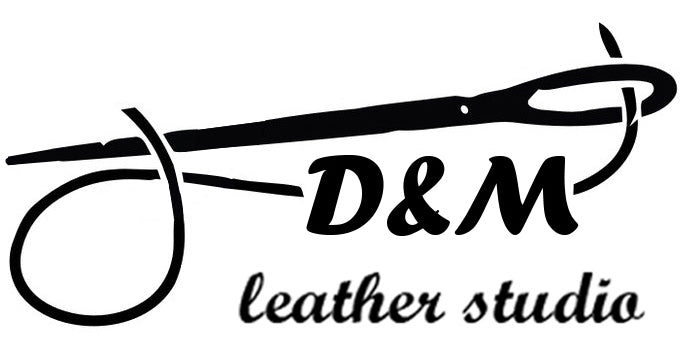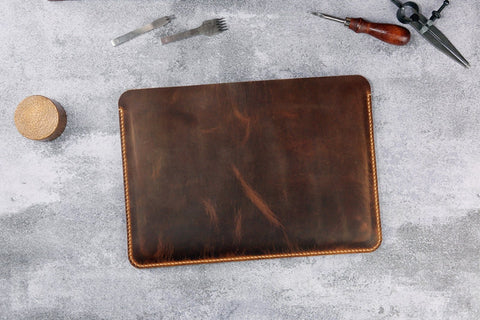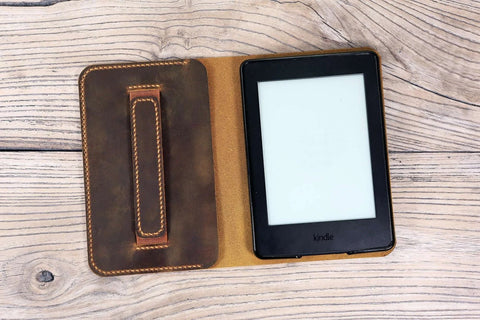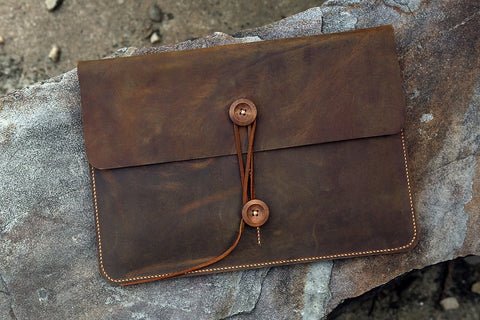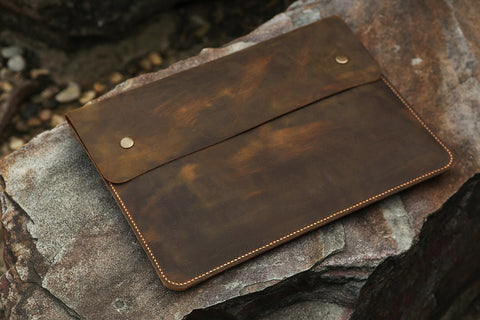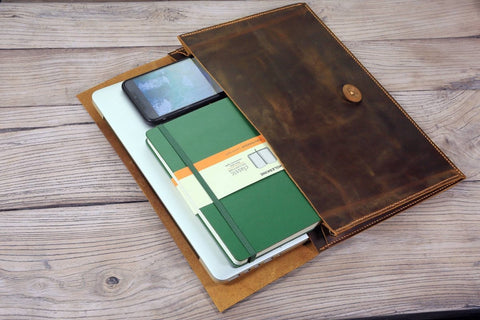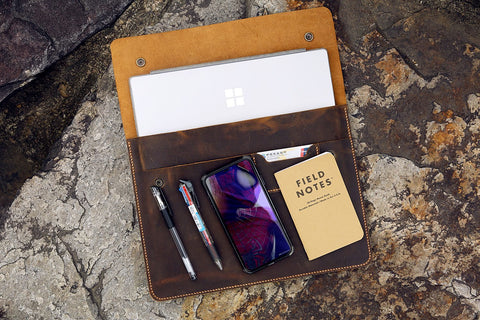Leather Glue
Leather Glue
Introduction:
The article on "leather glue" delves into the specialized adhesives used in bonding leather materials. It highlights the importance of choosing the right glue for different leather projects, considering factors such as strength, flexibility, and environmental impact. The article outlines various types of leather glues, including eco-friendly options, and provides guidance on preparing leather for gluing, applying the adhesive effectively, and ensuring durable bonds. It also touches on future trends in adhesive technology, emphasizing innovations aimed at sustainability and improved performance. Overall, the article serves as a comprehensive guide for anyone looking to understand and utilize leather glue in their crafting or repair projects.
 Glue leather
Glue leather
What Is Leather Glue and Why Is It Important?
Imagine if you will, leather glue: the unsung hero of the crafting world, akin to a trusty sidekick for your leather goods. This isn't just any old sticky stuff—it's a concoction brewed almost magically to mend the rifts in the universe of leather, or at least the ones in your favorite boots. Picture it as the ultimate peacemaker, diving deep into the leathery fibers, hugging them tightly together without leaving any awkwardness behind. Essential? Absolutely. It's like having a best friend who's always there to patch things up, ensuring your beloved leather treasures live to see another day—or strut another runway. Whether it's saving a vintage sofa from the brink or giving a new lease of life to that old leather jacket, leather glue does it all with a wink and a nod, proving it's more than just a sticky affair.
What Are the Different Types of Leather Glue Available?
When it comes to bonding leather, there's a variety of glues available, each with its own set of characteristics and optimal uses. Here’s a straightforward rundown:
Water-Based Glues: These are environmentally friendly and easy to clean up, making them a popular choice for both hobbyists and professionals. They bond well and are less toxic than other types of adhesives.
Solvent-Based Glues: Known for their strong bond and durability, solvent-based glues are a go-to for heavy-duty leather work. They can be more challenging to work with and require good ventilation due to their strong fumes.
Polyurethane Glues: These adhesives offer a strong, waterproof bond and flexibility once cured, making them ideal for items that may experience wear and tear. They work well on both leather and other materials, offering versatility.
Cyanoacrylate Glues: Often referred to as “super glues,” these adhesives bond quickly and firmly, making them suitable for quick repairs. However, their rigid bond lacks the flexibility some leather projects might need.
Protein-Based Glues: Also known as hide glues, these are natural adhesives made from animal products. They’ve been used for centuries in leatherworking and woodworking for their strong bond that can still be reversible with heat and moisture.
Choosing the right type of glue depends on the specifics of your project, including the type of leather, the bond strength required, and whether flexibility is a factor.
How Do I Choose the Right Glue for My Leather Project?
Choosing the right glue for your leather project involves a bit of matchmaking. You’re looking for the perfect pair: a glue that gets along with your leather and meets the needs of your project. Here’s a guide to making that match:
Understand Your Leather: Different types of leather have different requirements. Softer, more porous leathers might absorb some glues better, while harder, less porous ones might need something stronger.
Consider the Project’s End Use: Will your leather creation be flexing and bending, like a wallet or a belt? Or will it sit pretty on a shelf, like a decorative piece? For items in motion, you’ll want a glue that’s flexible and durable. For static items, a strong bond might be all you need.
Bond Strength: Think about the stresses your project will face. Pulling, stretching, and constant use demand a glue with a high bond strength. For lighter applications, a less intense adhesive might do the trick.
Water Resistance: Is your leather item going to brave the elements? If yes, look for a waterproof glue that can withstand a splash or two.
Drying Time and Application Method: Some projects are a race against the clock, needing quick-dry options. Others allow you to take your time, applying carefully with a brush or spatula. Consider your patience and precision levels here.
Aesthetics: You don’t want your beautiful leather work marred by visible glue lines. Some glues dry clear, others might leave a mark. Think about how the glue will look once dried.
Safety and Clean-up: Ventilation and gloves might be necessary for stronger, solvent-based glues. Water-based glues are generally easier to handle and less toxic.
Trial and Error: Sometimes, the only way to know for sure is to test a few options. Try different glues on scrap pieces of leather to see how they hold up.
By considering these factors, you can narrow down the vast sea of adhesives to the one that’s just right for your leather project. Happy crafting!
What Steps Should Be Taken to Prepare Leather for Gluing?
Preparing leather for gluing is like setting the stage for a grand performance—the better the preparation, the better the show. Here’s how to get your leather ready for its adhesive debut:
Clean the Surface: Start with a clean slate. Use a dry cloth to wipe away any dust or debris. If it's particularly dirty, a slightly damp cloth can help, but make sure the leather is completely dry before you proceed.
Roughen the Surface: Leather’s smoothness is part of its charm, but when it comes to gluing, we need a bit of grit. Gently sand the areas to be glued with fine-grit sandpaper. This creates tiny grooves for the glue to hold onto, making for a stronger bond.
Degrease: Oils and grease—whether from the leather itself or from handling—can prevent glue from sticking properly. Wipe the area with a cloth dipped in a mild degreaser or rubbing alcohol. Again, ensure it’s fully dry afterward.
Cut and Fit: Before you introduce any glue into the equation, make sure all your pieces fit together exactly as you want them. It’s like a rehearsal—once the glue’s in play, improvisation becomes a lot trickier.
Apply a Primer (If Necessary): Some types of leather glue work best with a primer, especially on very smooth or treated leathers. Check the instructions on your glue to see if this step is recommended.
Test the Glue: If you haven’t used this type of glue on this type of leather before, do a patch test. Glue a small, inconspicuous area together to make sure it bonds well and doesn’t damage the leather.
Prepare Your Workspace: Glue can be messy, and leather is not forgiving of stains. Lay down newspaper or plastic to catch drips. Have all your clamps, brushes, or spreading tools ready to go, so once you start, you can keep moving without having to search for tools.
Ventilate: Many types of glue release fumes that are not only unpleasant but can be harmful in enclosed spaces. Open windows, or work outside if you can, to keep the air moving.
By following these steps, your leather will be primed and ready for a strong, lasting bond. Now, you’re all set to bring your leather project to life!
How Can I Repair Leather Damage Using Glue?
Applying glue to leather with skill and precision can turn a good project into a great one. Here are some of the best techniques to ensure a successful bond:
Choose the Right Tool: Use a brush, spatula, or sponge applicator for an even spread. The tool you choose depends on the glue's viscosity and the size of the area you're covering. A brush is great for detail work, while a spatula or sponge might be better for larger surfaces.
Mind the Edges: Be particularly careful when applying glue near the edges of your leather pieces. Excess glue can easily squeeze out when pressed together, creating a mess that's difficult to clean up without damaging the leather's finish.
Work Quickly but Carefully: Some glues set up fast, so you need to work with a sense of purpose. Have everything laid out and ready before you start. However, don't rush so much that you make mistakes like uneven application or misalignment.
Press Firmly and Evenly: Once you've applied the glue, press the leather pieces together firmly to ensure a good bond. Use a roller or your hands to apply even pressure across the surface. For thicker leathers or larger projects, you might need to use clamps to hold everything in place as the glue dries.
Wipe Away Excess Glue: If any glue squeezes out from the sides, wipe it away immediately with a damp cloth. Be gentle to avoid spreading the glue further or damaging the leather's finish.
Allow Proper Drying Time: Read the glue's instructions for drying times, and don't rush it. Moving or testing the bond before it's fully cured can weaken or ruin it. Patience pays off with a stronger, cleaner bond.
Test the Bond: Once the recommended drying time has passed, gently test the bond to ensure it's solid. Don't pull too hard—just a gentle tug to see that everything is securely adhered.
By mastering these techniques, you’ll ensure a smooth and successful application of glue to your leather projects, leading to professional-looking results that are built to last.
 Glue of leather
Glue of leather
What Leather Crafts Can I Create Using Glue?
Leather glue opens up a world of crafting possibilities, allowing you to experiment with projects that range from the functional to the purely decorative. Here are some leather craft ideas that are perfect for utilizing glue:
Leather Wallets and Purses: With precise cutting and a bit of glue, you can craft custom wallets, purses, and cardholders. Add stitching for extra durability and a handmade touch.
Leather Jewelry: Create unique bracelets, necklaces, and earrings by gluing small leather pieces together. Combine with metal findings for an industrial look.
Book Covers: A leather book cover adds elegance and durability to notebooks or journals. Use glue to attach leather to the cover, and embellish with embossed designs or stitching.
Leather Belts: Although stitching is commonly used for belts, glue can be applied for attaching buckle parts or adding decorative elements.
Custom Phone Cases: Craft a bespoke leather phone case. Glue helps secure the sides and any additional layers or pockets.
Leather Keychains: Simple and quick to make, keychains are a great beginner project. Use glue to layer pieces or attach decorative elements.
Desk Accessories: Elevate your workspace with leather mouse pads, desk pads, or pen holders, using glue to assemble layers or add padding.
Leather Bags and Clutches: More complex projects like bags or clutches can be started with glue to hold pieces in place before sewing, or for attaching linings and zippers.
Decorative Leather Flowers: Cut out petal shapes and use glue to assemble stunning leather flowers that can be used as brooches or bag decorations.
Repairing Leather Goods: Beyond crafting, leather glue is indispensable for repairing torn leather goods, from furniture to footwear.
Custom Footwear: For the adventurous crafter, gluing leather soles and straps can lead to the creation of custom sandals or slippers.
When working on these projects, remember that glue is best used as an adjunct to other leatherworking techniques like stitching, especially for items that will bear weight or endure regular use. Gluing can offer structural support, keep pieces aligned during sewing, or simply add decorative elements. Whichever project you choose, leather glue can help bring your creative visions to life with strength and durability.
How Should I Maintain and Clean Glued Leather Items?
Maintaining and cleaning glued leather items requires a gentle touch and some care to ensure both the leather and the bond stay in top condition. Here’s a brief guide:
Keep It Dry: Avoid getting glued leather items too wet. Water can weaken the glue bond and damage the leather. If an item does get wet, let it air dry naturally away from direct heat.
Clean Gently: Use a soft, dry cloth to dust off the surface regularly. For dirt or stains, slightly dampen the cloth with water or a mild leather cleaner, and gently wipe the affected area. Avoid harsh chemicals or detergents.
Condition the Leather: Apply a leather conditioner to keep the leather supple and prevent it from drying out and cracking. Test the conditioner on a small, inconspicuous area first to ensure it doesn’t affect the glue or the leather’s color.
Avoid Heavy Loads: Don’t overburden glued leather items, as excessive weight or strain can stress the glued joints and cause them to weaken or separate.
Store Properly: When not in use, store leather items in a cool, dry place out of direct sunlight to prevent fading and drying out. Use a dust bag or soft cloth to protect them from dust and scratches.
Handle with Care: Be mindful of the glued areas. Avoid pulling or stretching them unnecessarily to keep the bond intact.
Are There Eco-Friendly Glues for Leather Projects?
Water-Based Glues: Low in VOCs, safer for the environment and health.
Natural Rubber Latex Glues: Biodegradable, made from renewable rubber tree sap.
Animal Glue (Hide Glue): Biodegradable, made from animal by-products, traditional choice.
Polyvinyl Acetate (PVA) Glues: Some are eco-friendly, low in VOCs, and solvent-free.
Soy-Based Glues: Sustainable, biodegradable, and an emerging eco-friendly option.
These choices offer a blend of environmental benefits without compromising on performance for leather crafting.
 The glue of leather
The glue of leather
What Are the Future Trends in Leather Adhesive Technology?
The future of leather adhesive technology is shaping up to be both green and smart. There's a significant shift towards eco-friendly glues that are biodegradable and emit fewer pollutants. Innovations are also improving the strength and flexibility of these adhesives, making them suitable for a wider array of leather products. Fast-curing and non-toxic formulas are on the rise, prioritizing both efficiency and health. Additionally, the industry is developing adhesives that can bond leather to various materials, and even "smart" glues that adjust their properties according to environmental changes, aligning with demands for sustainability and advanced performance.
